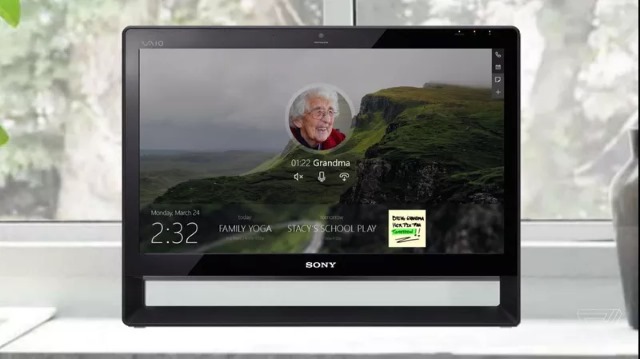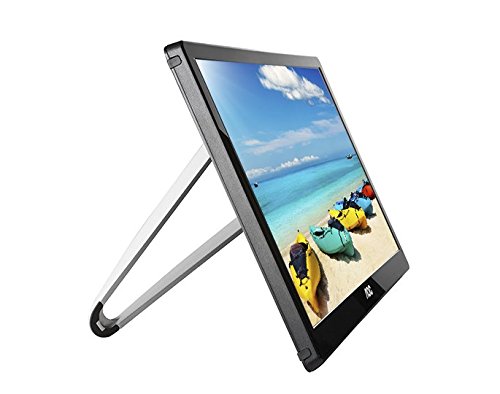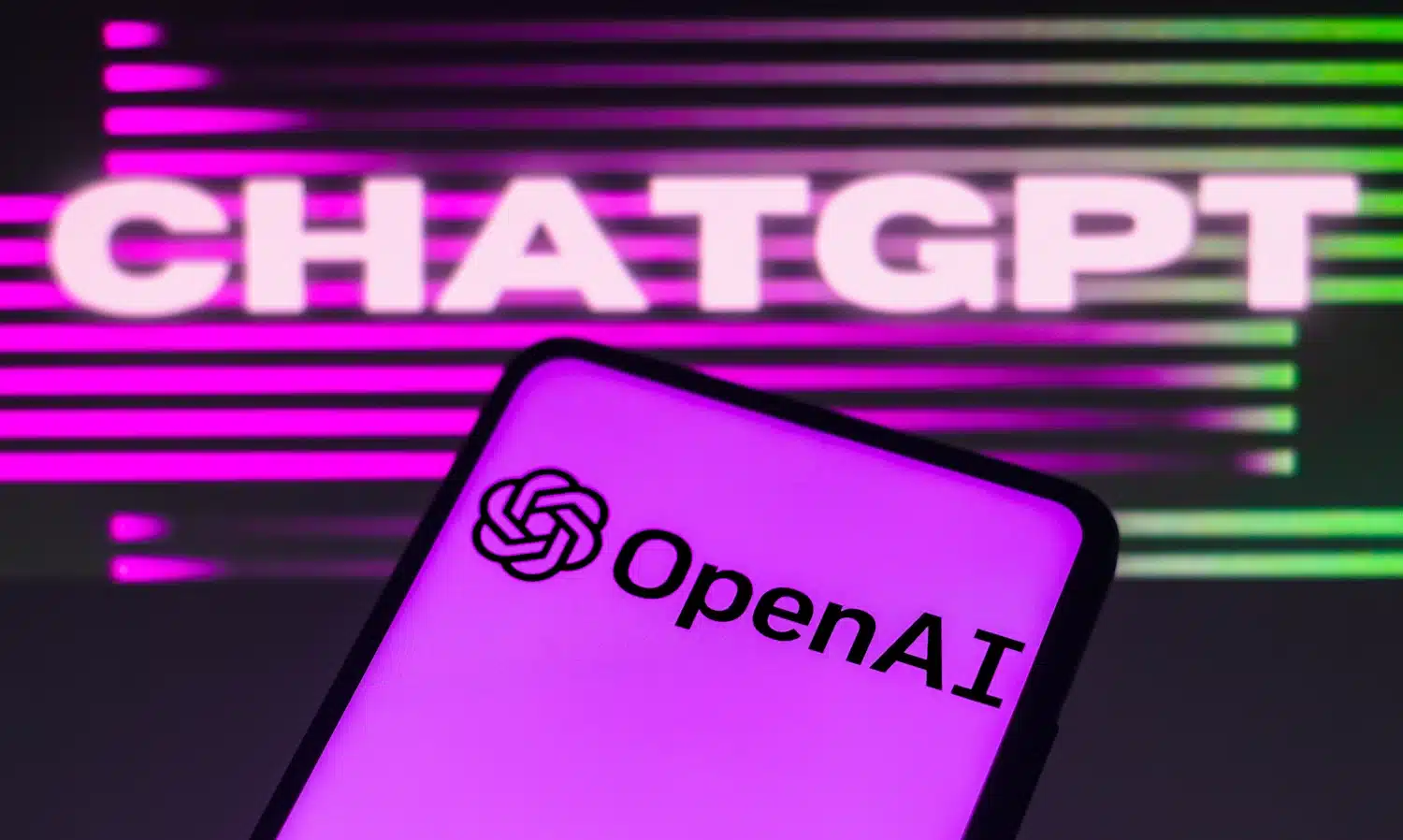
Watch Microsoft's Build 2017 keynote live, here
Microsoft is kicking off its annual Build developer conference in Seattle today, starting with its opening keynote this morning (a second keynote is happening tomorrow).
As it’s a developer conference we’re not expecting to see any new hardware this year, but we will likely have more details on the newly announced Windows 10 S, Cortana skills, mixed reality, and more.

Any browser coming to Windows 10 S will have to use the EdgeHTML rendering engine
Windows 10 S, Microsoft’s new education-focused operating system, has a lot of restrictions in place. The main one, of course, being that it only allows you to install apps from the Windows Store. If you want to install programs from outside its ecosystem, you’ll need to upgrade to Windows 10 Pro.
Edge is the default browser in Windows 10 S, and Bing the default search engine, and unlike in Windows 10 itself, you can’t change these. That might be something of a deal breaker for any browser-makers interested in bringing their product to Windows 10 S, but that’s not the only issue they’ll face.

Leaked images show Microsoft is ready to take on Amazon Echo with Windows 10 HomeHub
While we've heard about the HomeHub feature of Windows 10 before, we've not seen what it might look like in practice. Now, thanks to a series of leaked images, that all changes, and it shows that Microsoft is ready to take on Google Home and Amazon Echo with its own devices.
Like the Amazon Echo Show, the leaked images depict a device with a screen. It's running Windows 10, supports voice-activated Cortana commands, and it's something that Microsoft clearly wants to be at the center of future smart homes.

Get 'Researching UX: Analytics' ebook ($30 value) FREE for a limited time
Good user experience (UX) design is based on evidence. Qualitative evidence, such as user testing and field research, can only get you so far, however. To get the full picture of how users are engaging with your website or app, you’ll need to use quantitative evidence in the form of analytics.
Researching UX: Analytics, from SitePoint, will show you, step by step, how you can use website and app analytics data to inform design choices and definitively improve user experience.

Word vulnerability, Windows bug, and 'Trump's_Attack_on_Syria' document used in Sednit phishing attack
The Sednit group believed to have been involved in interference with the French election was also responsible for a phishing attack that used President Trump to lure in victims. Security firm ESET analyzed a phishing email with an attachment named Trump's_Attack_on_Syria_English.docx and found that it had the hallmarks of the well-known group.
The document was engineered to infect victims' computers with the Seduploader tool, and it did this by exploiting two vulnerabilities, one in Microsoft Word, and one in Windows. Sednit -- previously known as APT28, Fancy Bear, and Sofacy -- took advantage of a recently discovered Remote Code Execution vulnerability in Word (CVE-2017-0262) as well as a security hole in Windows (CVE-2017-0263) in executing the attack.

Opera is Reborn: Opera 45 debuts built-in chat tools and UI improvements
Opera Software has released Opera 45.0 for Windows, Mac and Linux. It’s been codenamed "Reborn" because it’s the first release to include features previewed earlier this year in its concept browser Opera Neon.
These new features include embedded social messaging apps into the pinned sidebar alongside major user interface improvements and tweaks to the browser’s ad-blocking function to make it more configurable.

Cyberduck 6.0 encrypts your cloud data with Cryptomator
Iterate’s one-stop cloud storage client Cyberduck has hit version 6.0 with new support for client-side encryption.
The technology is based on the open-source Cryptomator, a powerful AES encryption tool with apps for Windows, Mac, Linux, iOS and Android.

UK businesses spent £1.74bn on IT outsourcing in Q1 2017
Companies are ramping up investment in digital transformation, and it’s showing. This is according to a new report by Arvato, which says Q1 2017 was the strongest in the last five years when it comes to the UK’s private sector outsourcing market.
During Q1, businesses have agreed deals worth £2.42 billion. The Arvato UK Outsourcing Index, created in partnership with NelsonHall, says this is the "largest private sector spend since Q4 2011."

AOC unveils 16-inch 1080p USB monitor for portable productivity
A laptop can make it easier to get work done on the go, but there are limitations compared to a desktop. One of the biggest pain points is that you are forced to use a single display when away from home. A dual-monitor setup can be very beneficial for productivity, and being limited to one can be frustrating.
Luckily, there are portable external monitors designed for laptops. Yes, you can use a dual display system at, say, a Starbucks for added productivity. Today, AOC announces its latest such offering for both macOS and Windows. The 16-inch (15.6-inch viewable) display (model number I1659FWUX) uses USB 3.0 for both video and power, meaning you can easily pack it into your backpack or other laptop bag when needed -- there is no additional bulky power cable to remember.

Technology won't fully replace in-store workers, retailers believe
There will still be people working in the stores of the future, but technology is still going to make a profound impact on the retail industry. This is what retail workers think about how their job will transform in the near future.
According to a new report by Epson, 70 percent of retailers think technology will never be able to fully replace people in stores, but it will revolutionize the shopping experience.

Barclays announces new controls for debit cards to fight fraud
Barclays is fighting back against fraud by offering its users more power over when and how their debit cards can be used. According to its announcement, customers will be able to instantly turn a card "on" or "off," disallowing remote purchases. They will also be able to set their own daily ATM withdrawal limits through the Barclays Mobile Banking app.
The new controls are part of the £10 million nationwide drive to increase the public’s awareness of financial fraud risks.

Governments are the biggest targets for cyber attackers
Cyberattacks against the government sector increased by 100 percent in 2016, rising up to 14 percent, according to a new report by Dimension Data. The financial sector has also seen a dramatic increase in the number of attacks, from three percent in 2015 to 14 percent in 2016.
The manufacturing sector is now on third place with 13 percent of all attacks while retail, which used to be the number one target, fell to fourth place with 11 percent. Poor retail.

Do cloud providers want a 'lock and key' security mechanism?
Public cloud providers have ultimate control over our data, applications, and data flows on their platforms. This capability is the main cause of anxiety and a top reason for many companies to shy away from public cloud.
One of the possible solutions to the problem is to implement a "lock and key" mechanism for public clouds. This would allow re-balancing of data control. The question is whether cloud providers want that.

Financial organizations are having trouble finding documents
Pretty much every organization in the financial sector, 96 percent of them, struggles to find documents in the workplace. This is according to a new report by M-Files, saying financial sector organizations need to be better at protecting their information.
M-Files was quick to throw words like "putting customer data at risk" or "GDPR" around, too.

Aspiring drivers don't want electric cars, are concerned about autonomous vehicles
Aspiring drivers may be more conservative than you think when it comes to electric and self-driving cars. According to a new report by Elegant E-Learning, most of the folks studying for their drivers license are still very much interested in petrol-powered cars and have concerns about the benefits of self-driving vehicles.
Elegant E-Learning polled over 200,000 aspiring drivers in US, UK, Canada, and Australia and discovered that, if given the option between an electric and a petrol-powered car at a similar price, over 60 percent would opt for the latter. And that's interesting, because most respondents are Millennials -- they make up between 67.9 and 75.1 percent of the polled folks -- a group that is well known for its affinity for technology.



